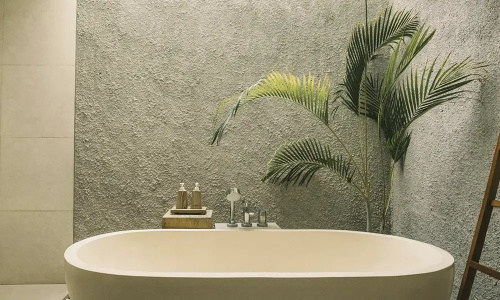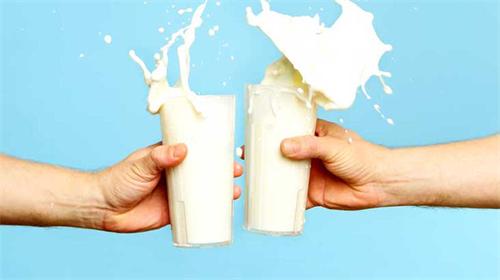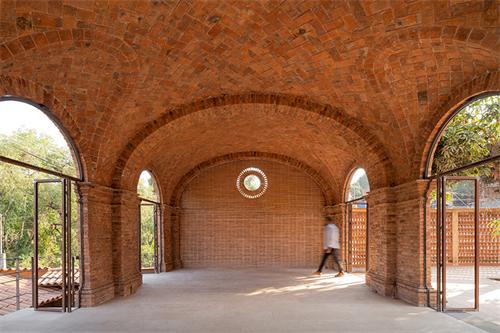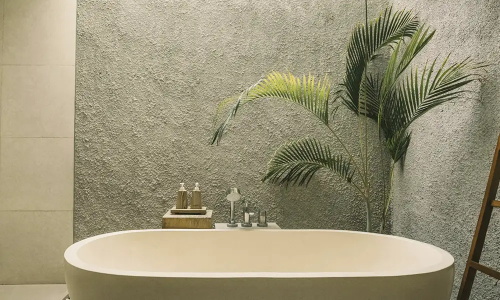The ‘Self-Cleaning’ Bathroom: TiO2 Coatings Eliminate Germs with Sunlight

Every day, our bathrooms battle invisible foes—bacteria, mold, and grime—that demand constant attention. But imagine a space that cleans itself whenever daylight streams through the window. Thanks to titanium dioxide (TiO₂) photocatalytic coatings, this vision is now a reality. By harnessing sunlight, these coatings neutralize pathogens, break down organic matter, and make water sheet off surfaces—dramatically reducing scrubbing, chemicals, and stress.
How TiO₂Photocatalysis Works?
Bathrooms are breeding grounds for pathogens like E. coli and Staphylococcus, which thrive in moisture. Traditional cleaning relies on harsh chemicals and frequent labor—tasks most of us dread. TiO₂-coated tiles, grout, and fixtures offer continuous disinfection with zero effort: daylight does the work. As spores and organic residues decompose into harmless byproducts (CO₂ and H₂O), surfaces stay fresher, reducing allergy triggers and infection risks for everyone in the household.
Titanium dioxide is a naturally occurring mineral renowned for its photocatalytic prowess when exposed to ultraviolet or visible light. Under illumination, TiO₂ generates reactive oxygen species—powerful molecules that oxidize and decompose bacteria, viruses, and organic dirt. At the same time, the surface becomes superhydrophilic, so water spreads evenly into a thin sheet rather than forming droplets, washing away debris effortlessly. This dual action—chemical breakdown plus water-sheeting—creates a self-cleaning effect that never "wears out."
Laboratory studies confirm TiO₂’s germ-eliminating power: coatings applied to public-toilet surfaces reduced microbial counts by over 90% under normal light conditions. Even after repeated wear or washing cycles, thin films maintain significant photocatalytic and antimicrobial activity, demonstrating promise for long-term home use.
By slashing the need for bleach, ammonia, and other cleaners, photocatalytic bathrooms shrink your chemical footprint and protect indoor air quality. Rainwater or plain tap water suffices for rinsing—no specialty soaps required. Over time, homeowners see savings in cleaning supplies and maintenance hours, not to mention the peace of mind that comes with a constantly sanitized environment.
Practical Applications in Modern Homes
Manufacturers are integrating TiO₂ coatings into a range of bathroom products. Self-cleaning ceramic tiles use patented "Hydrotect" technology to break down pollutants and inhibit mold growth on walls and floors. Leading toilet brands embed UV lights and TiO₂-infused zirconium glazes in bowl surfaces, activating disinfection cycles after each flush. Even glass shower doors now feature hydrophilic TiO₂ layers, ensuring water sheets away and preventing soap scum buildup.
Beyond bathrooms, similar coatings are finding their way onto kitchen backsplashes, countertops, and ventilation hoods—anywhere germs and grease accumulate. As visible-light-activated formulations improve, even indoor spaces with minimal UV exposure can benefit.



